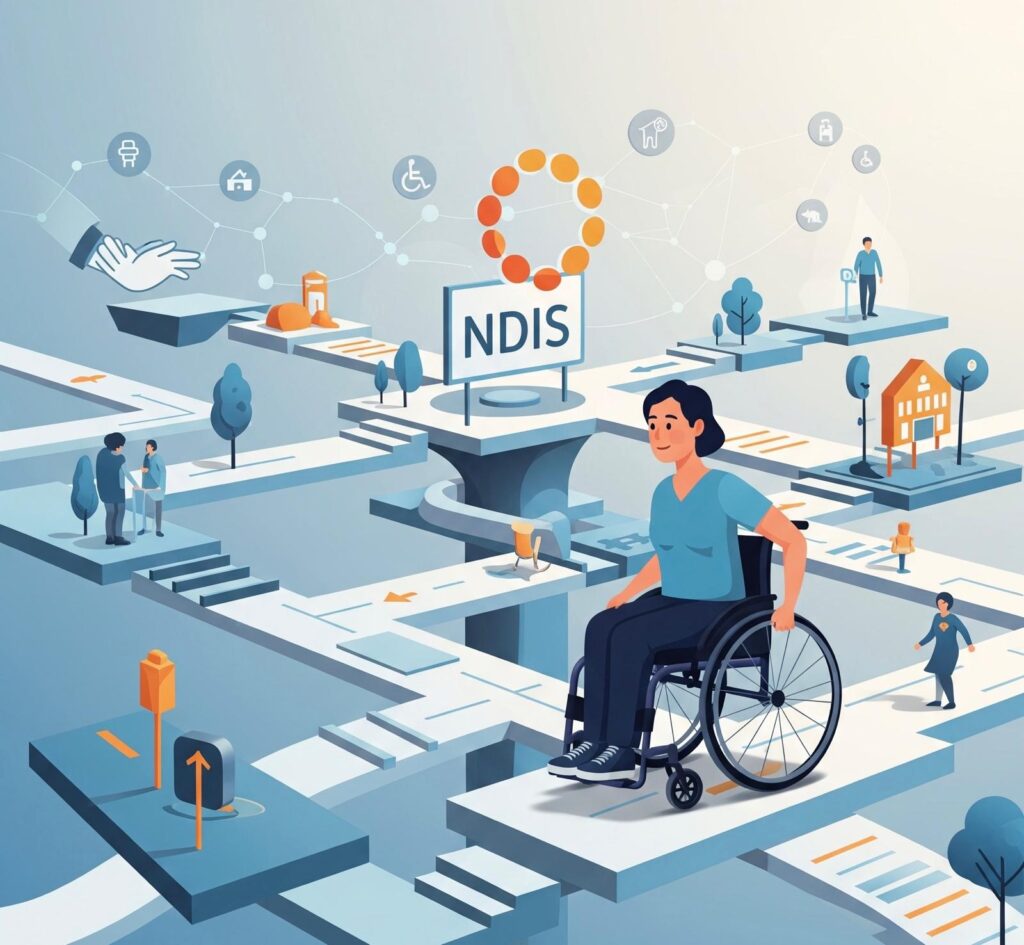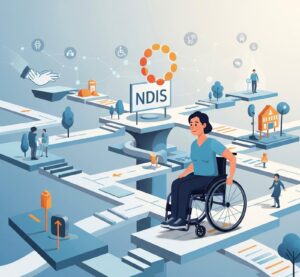Mental health is a critical public health issue in India, affecting millions of people across diverse demographics. Despite significant progress in recent years, mental health care in India faces numerous challenges, including stigma, limited access to services, and a shortage of mental health professionals. This article explores the state of mental health in India, examining prevalence rates, contributing factors, access to care, and ongoing efforts to improve mental health outcomes.
Keywords: mental health in India, mental health disorders, mental health care access, Indian mental health statistics, mental health treatment, public health in India
Prevalence of Mental Health Disorders in India
Mental health disorders are widespread in India, with substantial implications for individuals and society. According to the National Mental Health Survey of India (NMHS), conducted in 2015-16, nearly 15% of Indian adults suffer from one or more mental health disorders (Gururaj et al., 2016).
1. Common Mental Health Disorders
Several mental health disorders are particularly prevalent in the Indian population.
- Depression: Affecting approximately 5.25% of the population, depression is a leading cause of disability in India (Gururaj et al., 2016).
- Anxiety Disorders: Around 3.59% of Indians are affected by anxiety disorders annually (Gururaj et al., 2016).
- Bipolar Disorder: This disorder affects about 0.3% of the population and is characterised by extreme mood swings (Gururaj et al., 2016).
- Schizophrenia: Approximately 0.5% of Indians suffer from schizophrenia, a severe mental disorder impacting cognitive and emotional functioning (Gururaj et al., 2016).
2. Youth Mental Health
Mental health issues among children and adolescents are also significant. The Indian Council of Medical Research (ICMR) reports that about 12% of children aged 4-16 years suffer from psychiatric disorders (ICMR, 2020).
- Conduct Disorders: These are common among youth and include behaviours such as aggression and rule-breaking (ICMR, 2020).
- Emotional Disorders: Disorders such as anxiety and depression are increasingly common among Indian youth (ICMR, 2020).
Contributing Factors to Mental Health Issues
Various factors contribute to the prevalence and severity of mental health issues in India.
1. Socioeconomic Factors
Socioeconomic status significantly impacts mental health, with poverty and financial stress being major contributors to mental illness.
- Economic Stress: Financial instability and poverty are strongly associated with higher rates of mental health issues (Patel et al., 2018).
- Access to Resources: Individuals from lower socioeconomic backgrounds often have limited access to mental health care and support services (Patel et al., 2018).
2. Social and Cultural Factors
Cultural stigma and social norms can negatively impact mental health and hinder access to care.
- Stigma: Stigma surrounding mental health issues is pervasive in India, leading to discrimination and reluctance to seek help (Reddy, 2019).
- Gender Inequality: Women often face higher mental health burdens due to gender-based violence, discrimination, and limited access to education and employment (Reddy, 2019).
3. Environmental Factors
Environmental stressors, including natural disasters and urbanisation, contribute to mental health problems.
- Urbanisation: Rapid urbanisation and the resulting social disintegration can lead to increased stress and mental health issues (Srivastava, 2009).
- Natural Disasters: Frequent natural disasters in India, such as floods and earthquakes, lead to significant psychological trauma (NIMHANS, 2020).
Access to Mental Health Care
Access to mental health care in India remains limited, with significant barriers including cost, availability of services, and stigma.
1. Availability of Services
There is a significant shortage of mental health professionals and services, particularly in rural areas.
- Mental Health Professionals: India has a low ratio of mental health professionals to population, with only 0.75 psychiatrists per 100,000 people (WHO, 2017).
- Rural Access: Mental health services are concentrated in urban areas, leaving rural populations underserved (Thirunavukarasu & Thirunavukarasu, 2010).
2. Cost and Insurance
The high cost of mental health care and lack of insurance coverage for mental health services are major barriers.
- High Costs: The cost of private mental health care is prohibitive for many, and public services are often inadequate (Patel et al., 2018).
- Insurance Coverage: Limited insurance coverage for mental health services exacerbates access issues (NIMHANS, 2020).
3. Stigma and Awareness
Stigma and lack of awareness about mental health issues prevent individuals from seeking help.
- Stigma: Fear of social ostracism and discrimination leads many to avoid seeking mental health care (Reddy, 2019).
- Awareness: Low levels of mental health literacy contribute to delays in seeking treatment and poor understanding of mental health issues (Saxena et al., 2007).
Efforts to Improve Mental Health Care
Several initiatives and policies aim to improve mental health care access and outcomes in India.
1. Government Initiatives
Government policies and programs play a crucial role in enhancing mental health care.
- National Mental Health Programme (NMHP): Launched in 1982, the NMHP aims to integrate mental health care into primary health care and improve access to services (NMHP, 2017).
- Mental Healthcare Act 2017: This legislation seeks to protect the rights of individuals with mental illness and ensure access to mental health care (Government of India, 2017).
2. Community-Based Programs
Community-based mental health programs are essential for reaching underserved populations.
- ASHA Workers: Accredited Social Health Activists (ASHAs) provide essential mental health education and support in rural areas (NIMHANS, 2020).
- NGO Initiatives: Non-governmental organisations play a vital role in delivering mental health services and raising awareness (Patel et al., 2018).
3. Research and Innovation
Ongoing research and innovation are critical for advancing mental health care in India.
- Clinical Research: Research on mental health disorders and treatments helps improve care delivery (ICMR, 2020).
- Telehealth: Telehealth services are expanding access to mental health care, especially in remote areas (Sharma et al., 2020).
Conclusion
Mental health is a significant public health issue in India, with a high prevalence of mental health disorders and substantial barriers to care. Understanding the contributing factors, challenges, and ongoing efforts to improve mental health care is essential for addressing this complex issue. Enhancing access to services, reducing stigma, and promoting mental health awareness are crucial for improving mental health outcomes in India.
References
- Gururaj, G., Varghese, M., Benegal, V., Rao, G. N., Pathak, K., Singh, L. K., … & NMHS Collaborators Group. (2016). National Mental Health Survey of India, 2015-16: Prevalence, Patterns and Outcomes. National Institute of Mental Health and Neurosciences (NIMHANS).
- Indian Council of Medical Research (ICMR). (2020). Mental Health Research in India. Retrieved from https://www.icmr.nic.in
- National Institute of Mental Health and Neurosciences (NIMHANS). (2020). Annual Report 2019-2020. Retrieved from https://nimhans.ac.in/annual-reports
- National Mental Health Programme (NMHP). (2017). Operational Guidelines. Retrieved from https://www.nhp.gov.in/national-mental-health-programme_pg
- Patel, V., Chisholm, D., Parikh, R., Charlson, F. J., Degenhardt, L., Dua, T., … & Whiteford, H. (2018). Addressing the burden of mental, neurological, and substance use disorders: Key messages from Disease Control Priorities, 3rd edition. The Lancet, 391(10128), 1672-1685.
- Reddy, V. M. (2019). Mental health in India: Challenges and opportunities. Indian Journal of Psychiatry, 61(Suppl 2), S105-S107.
- Saxena, S., Thornicroft, G., Knapp, M., & Whiteford, H. (2007). Resources for mental health: Scarcity, inequity, and inefficiency. The Lancet, 370(9590), 878-889.
- Sharma, A., Sood, P., & John, S. (2020). Telepsychiatry in India: Time to make lemonade with the lemons. Indian Journal of Psychiatry, 62(5), 509-511.
- Srivastava, K. (2009). Urbanization and mental health. Industrial Psychiatry Journal, 18(2), 75-76.
- Thirunavukarasu, M., & Thirunavukarasu, P. (2010). Training and national deficit of psychiatrists in India – A critical analysis. Indian Journal of Psychiatry, 52(Suppl 1), S83-S88.
- World Health Organization (WHO). (2017). Mental health atlas 2017
How to get in touch
If you or your NDIS participant need immediate mental healthcare assistance, feel free to get in contact with us on 1800 NEAR ME – admin@therapynearme.com.au.







